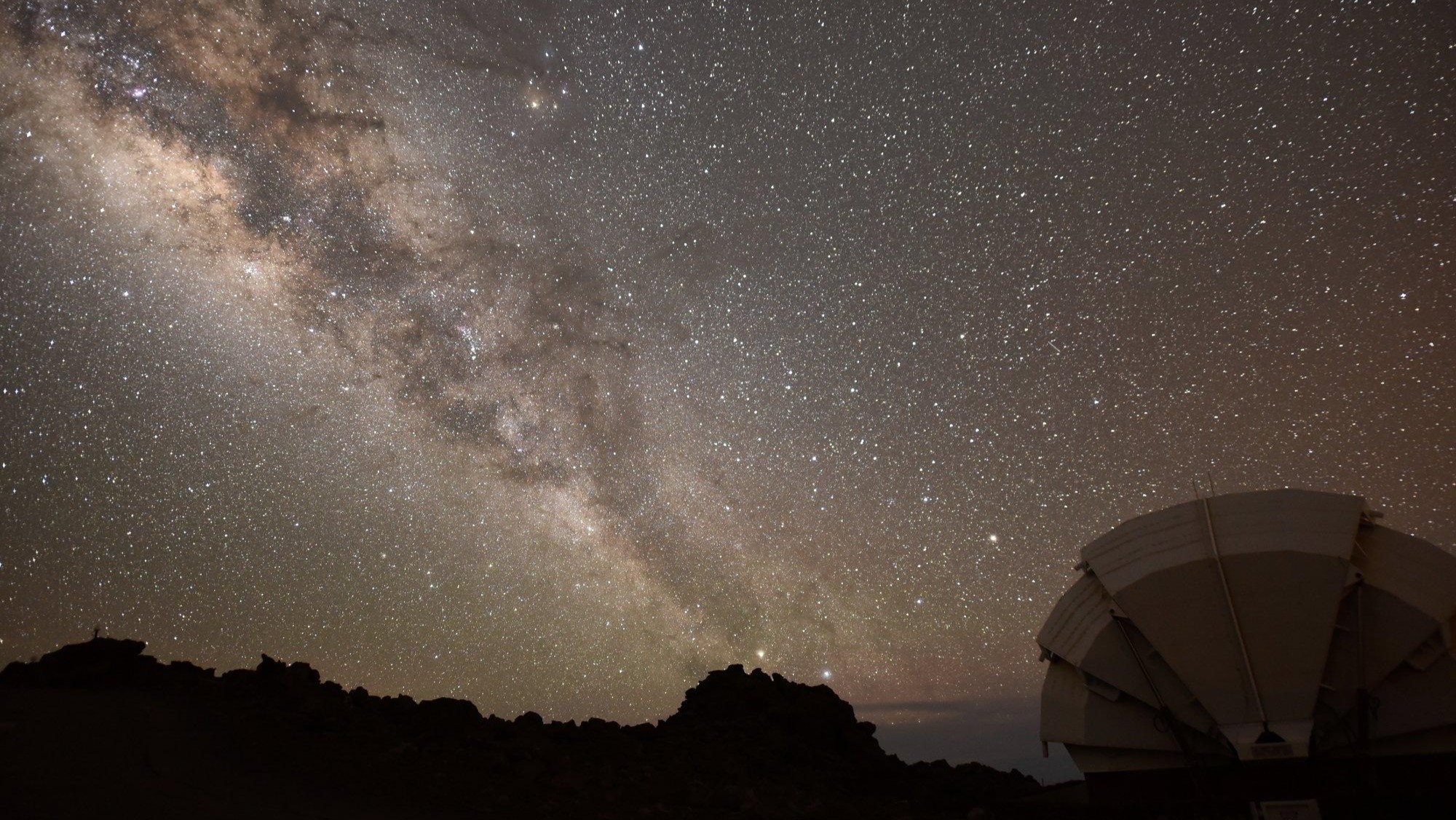

In the summer, astronomers spotted an airplane-sized asteroid—large enough to potentially destroy a city—on an almost-collision course with Earth. But no one saw the space rock until two days after it had zoomed past our planet.
This asteroid, named 2023 NT1, passed by us at only one-fourth of the distance from Earth to the moon. That’s far too close for comfort. Astronomers weren’t going to let this incident go without a post-mortem. They’ve recently dissected what went wrong and how we can better prepare to defend our planet from future impacts, in a new paper recently posted to the preprint server arXiv.
We know from history that asteroids can cause world-shattering events and extinctions—just look at what happened to the dinosaurs. The study team estimated that, if NT1 hit Earth, it could have the energy of anywhere from 4 to 80 intercontinental ballistic missiles. “2023 NT1 would have been much worse than the Chelyabinsk airburst,” says University of California, Santa Barbara astronomer Philip Lubin, a co-author on the new work, referring to the meteor that exploded over a Russian city in 2013. As devastating as that would be, it’s “not an existential threat like the 10-kilometer hit that killed our previous tenants,” he adds.
The asteroid-monitoring system ATLAS, the “Asteroid Terrestrial-impact Last Alert System”—four telescopes in Hawaii, Chile, and South Africa—discovered NT1 after the rock flew by. ATLAS’s entire purpose is to scour the skies for space rocks that might threaten Earth. So with this set of eyes on the sky, how did we miss it?
It turns out that Earth has what Brin Bailey, UC Santa Barbara astronomer and lead author on the paper, calls a “blindspot.” Any asteroid coming from the direction of the sun gets lost in the glare of our nearest star.” There’s another way for asteroids to sneak up on us, too: the smaller the asteroid, the harder it is for our telescopes to spot them, even when the rocks come from parts in the sky away from the sun.
[Related: NASA’s first asteroid-return sample is a goldmine of life-sustaining materials]
“Currently, there is no planetary defense system which can mitigate short-warning threats,” Bailey says. “While NT1 has no chance of intercepting Earth in the future, it serves as a reminder that we do not have complete situational awareness of all potential threats in the solar system,” they add. That leads to Lesson #1: We simply need better detection methods for planetary defense.
If we can manage to detect an asteroid with a few years’ warning, we might be able to redirect it with the technology recently tested by NASA’s Double-Asteroid Redirection Test (DART) mission.For a case with very little warning, such as NT1, though, we’d need a different approach—that’s Lesson #2. Bailey and colleagues propose a method they call “Pulverize It” (PI).
PI’s plan is exactly what it sounds like: break the asteroid into tiny pieces, small enough to burn up in the atmosphere or fall to the ground as much less dangerous little rocks. They’d do this by launching one or multiple rockets to send arrays of small impactors to space. The impactors—six-foot-long, six-inch-thick rods—would smash into the asteroid like buckshot, efficiently dismantling it. “Had we intercepted it [NT1] even one day prior to impact, we could have prevented any significant damage,” claims Lubin.
It sounds simple enough, but some astronomers aren’t quite convinced. “I think the PI method is impractical even though it does not violate the laws of physics,” says University of California, Los Angeles astronomer Ned Wright, who was not involved in the new work. “When a building is demolished by implosion using explosive charges, a weeks-long testing and planning phase is needed in order to place the charges in the right locations and set up the proper timing. The PI method seeks to do this measuring, planning, and placing the explosives all within a period of 1 minute or so just before the spacecraft hits the asteroid.”
[Related: NASA’s first attempt to smack an asteroid was picture perfect]
Lubin points out that unlike a careful demolition on Earth, the goal is a sudden, bomb-like explosion—an event that needs less prep to pull off. But whether we use PI or another line of defense, it’s clear that we need to plan ahead. Not only is there the hazy threat of an asteroid coming out of nowhere, there are two specific, extremely risky events headed our way: asteroid Apophis’ near flyby in 2029, and close approaches from the even larger Bennu (recently sampled by NASA’s OSIRIS-REx mission) in 2054, 2060, and 2135.
“Humanity now possesses the technology to robustly detect and defend the planet if we choose to do so,” says Lubin. “And a variety of people are working hard to ensure we can.”
This story has been updated: An earlier version indicated that the asteroid-destroying impactors would be filled with explosives. While that may be an option, most forms of the “Pulverize It” method use non-explosive metal rods.

